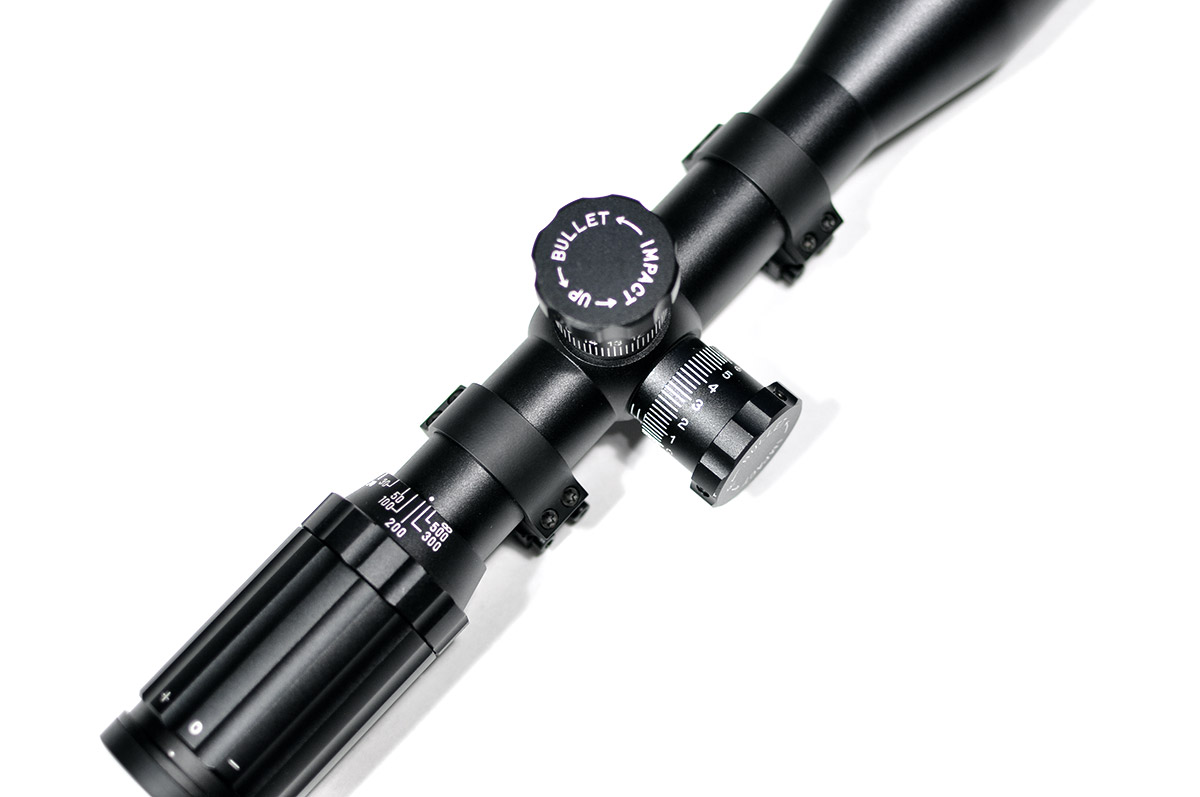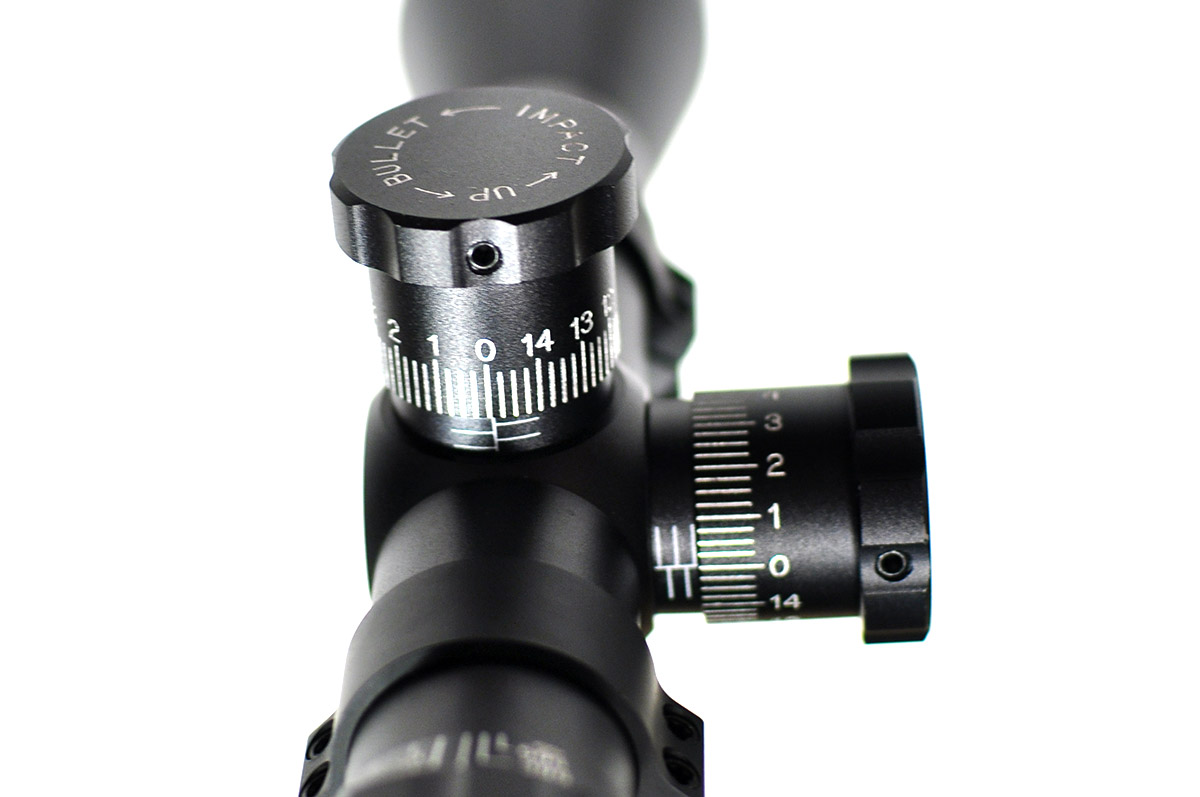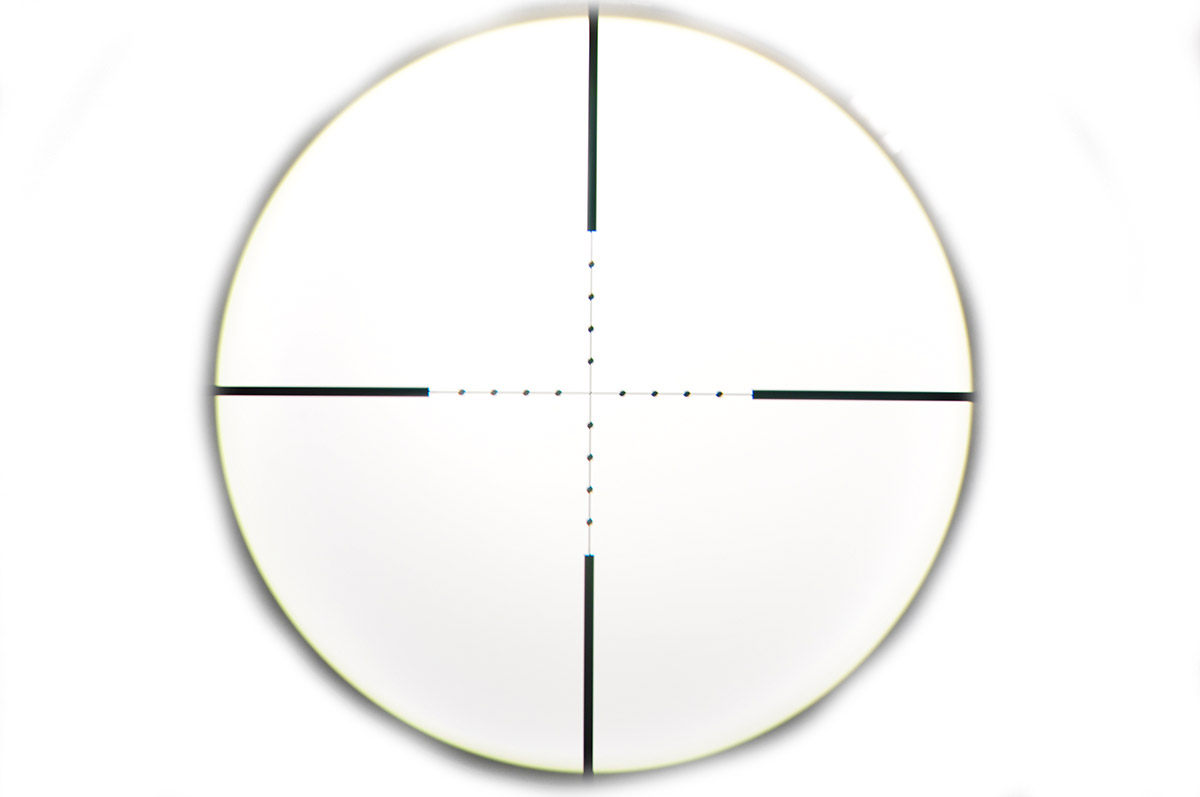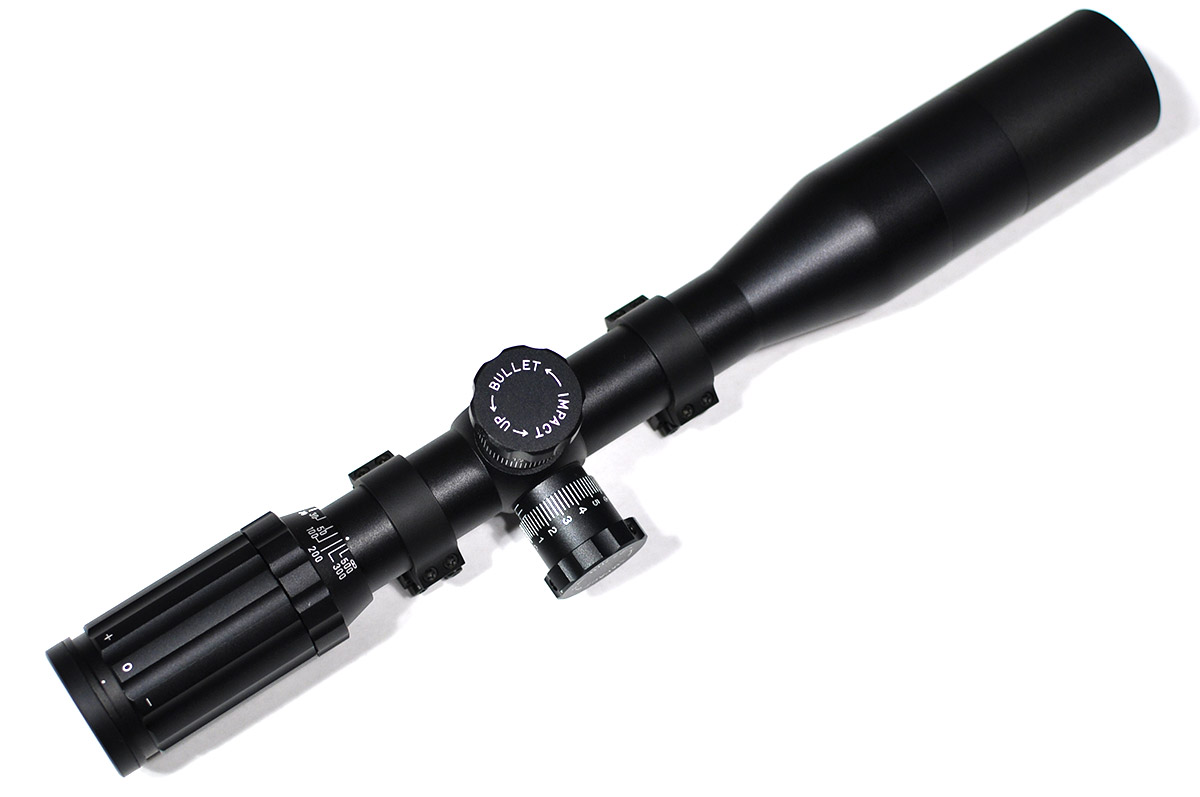If you are looking for a new optic for an intermediate or long range rifle, at some point you will be faced with the question, “Should I get an MRAD or MOA optic?”
There is a lot of information out there on the subject, and I am going to do my best to consolidate the parts that really matter (to me) and explain how you will actually use the optic. Hopefully that will help you decide what will work best for you.
First things first, I’m going to make the assumption that you know what the reticle and turrets of a scope are and that you have a basic understanding of how to use a scope. Now that we have that out of the way, some information that is helpful to have beforehand… if you have an optic that is setup with MRAD (Mil) reticle and MRAD (Mil) turrets (Mil/Mil), everything works almost exactly the same as it does for a setup that has an MOA reticle and MOA turrets (MOA/MOA). The only real issues come into play when you have an optic that has MOA turrets and a Mil reticle (MOA/Mil). I’ll dive into all of that more later, but it helps to know that the variations exist beforehand.

So, what is an MRAD and MOA? (slightly technical, but we’ll get into the nuts and bolts soon)
MRAD
MRAD or Mil or Milliradian or Angular Mil is a standard unit of angular measurement that is a thousandth of a radian. There are $latex 2\pi$ (6.28) radians or $latex 2\pi \times 1000$ milliradians (6,283.185) in a circle.
So what does that mean? 1 Mil = 1 inch @ 1000 inches, 1 Mil = 1 yard @ 1000 yards, 1 Mil = 1 meter @ 1000 meters, and so on. 1 Mil is 1/1000 of any measurement as far as we are concerned.
MOA
MOA or Minute of Angle is an angular measurement like a Mil but there are 60 minutes of angle to a degree and 360 degrees to a circle so there are 21,600 MOA to a circle.
What does that mean? 1 MOA = 1.047 inches @ 100 yards, 1 MOA = 2.094 inches @ 200 yards, etc.
Scope Adjustments
Most common scopes offer 1/4 MOA adjustments for MOA based scopes and 0.1 MRAD adjustments for MRAD based scopes. You can also find MOA based scopes with 1/2 MOA or 1/8 MOA turrets, but they are less common.

What all of that basically means is that for an 1/4 MOA turret, every 4 clicks you get 1 MOA movement of the reticle and for an MRAD turret, for every 10 clicks you get 1 MRAD movement of the reticle. To put that into actual numbers, on an MOA based scope, every 1/4 MOA click of adjustment translates to 0.26 inches @ 100 yards and for an MRAD based scope, every 0.1 MRAD click of adjustment translates to 0.36 inches @ 100 yards.
As a good example of how this all comes together, lets say you are shooting at 100 yards with a Mil-Dot style reticle and your bullet impact is 1/2 Mil low. How would you go about making corrections for this? Well, with an MRAD (Mil/Mil) scope where the reticle and turrets use the same measurements you would simply make a 1-to-1 adjustment. You would make a 0.5 (1/2) Mil adjustment of 5 clicks (0.1 Mil turrets = 5 clicks). Pretty simple, right?
If you are using a scope with MOA turrets and an MOA reticle (MOA/MOA) and the shot was 1/2 MOA low, you would do the same thing and make a 2 click adjustment (with 1/4 MOA turrets).
As you can see, when everything matches up, adjustments and corrections are VERY easy!
Now, where it gets more complicated is if you have a scope with MOA turrets and a Mil reticle (MOA/Mil). This calculation is a bit harder, you have to do some math. You would do (Correction in Mils) x 3.438 = (MOA Adjustment), so in the case above you would do 0.5 Mils x 3.438 = 1.72 MOA, so you would make an approximate 7 click adjustment (with 1/4 MOA turrets).
As you can see, the process gets much more complicated when things don’t match up. Bottom line, don’t buy a new optic that doesn’t have a matching turret and reticle, MOA/MOA or Mil/Mil, it doesn’t matter much, as long as they match, things will be easier.
Range Estimations
Personally, I think that range estimations with Mil based optics is the way to go. It’s simpler, in many cases and uses much more basic math. The military has used Mil-Dot reticles for ranging basically forever, and is really the most standard. Below I will outline the ranging formulas for Mil (MRAD) optics and MOA optics.
Ranging using a reticle is basically the process of taking a known (or estimated) height of an object, then measuring the height in Mils (or MOA) and plugging it into an equation to get an estimated distance.

MRAD (Mil) Reticles
$latex \frac{\text{Height of Target (Yards)}}{\text{Size (Mils)}}\times1000 = \text{Distance (Yards)}&s=1$
$latex \frac{\text{Height of Target (Inches)}}{\text{Size (Mils)}}\times27.77 = \text{Distance (Yards)}&s=1$
$latex \frac{\text{Height of Target (Inches)}}{\text{Size (Mils)}}\times25.4 = \text{Distance (Meters)}&s=1$
$latex \frac{\text{Height of Target (Meters)}}{\text{Size (Mils)}}\times1000 = \text{Distance (Meters)}&s=1$
$latex \frac{\text{Height of Target (cm)}}{\text{Size (Mils)}}\times10 = \text{Distance (Meters)}&s=1$
MOA Reticles
$latex \frac{\text{Height of Target (Inches)}}{\text{Size (MOA)}}\times95.5 = \text{Distance (Yards)}&s=1$
$latex \frac{\text{Height of Target (Inches)}}{\text{Size (MOA)}}\times87.3 = \text{Distance (Meters)}&s=1$
$latex \frac{\text{Height of Target (Meters)}}{\text{Size (MOA)}}\times3438 = \text{Distance (Meters)}&s=1$
$latex \frac{\text{Height of Target (cm)}}{\text{Size (MOA)}}\times34.38 = \text{Distance (Meters)}&s=1$
Common size Estimations
Some common estimations of various objects are as follows…
| Obeject | Size (Inches) | Size (Yards) | Size (cm) |
|---|---|---|---|
| Standard Door | 36 in X 84 in | 1 yd X 2.33 yd | 91.44 cm X 213.36 cm |
| License Plate | 12 in X 6 in | 0.33 yd X 0.17 yd | 30.48 cm X 15.24 cm |
| Wood Pallet | 48 in X 48 in | 1.33 yd X 1.33 yd | 121.92 cm X 121.92 cm |
| Paper (Letter Size) | 8.5 in X 11 in | 0.24 yd X 0.31 yd | 21.59 cm X 27.94 cm |
| Concrete Block | 16 in X 8 in | 0.44 yd X 0.22 yd | 40.64 cm X 20.32 cm |
| White Tailed Deer (Avg Height) | 42 in | 1.17 yd | 106.68 cm |
| Average Male Height | 69 in | 1.92 yd | 175.26 cm |
| Average Female Height | 64 in | 1.78 yd | 162.56 cm |
Lets use one of these equations to calculate the range of a target…
Say you are shooting a target that is propped up by concrete blocks. You know that the size of a standard block is 16 in X 8 in and that measures 1 Mil in your scope. If we plug that into our equation above, $latex \frac{12\text{in}}{1\text{Mil}}\times25.4 = 304.8\text{m}&s=0$, you get that the target is about 305 m away. Once you know that, you can make the proper adjustments to your optic to get a much closer first round hit.
When doing these calculations, sizing in Yards or Meters is easier for the math, since you are multiplying by 1000 (for Mil calculations). But, sizing objects in yards or meters is often impractical, so it’s generally easier to memorize or write out a “dope” of known objects and their distance calculations beforehand. That way you’re not stuck doing math on the spot.
So, what should I buy?
That is generally the million dollar question, right? Obviously everyone’s tastes and budget are a little different, but the one universal point that I think applies to everyone, except those that have more money than they know what to do with, is to start out with something basic and reasonably priced, then as you become a better shooter upgrade as needed. Basically, if you are just getting into shooting, learn to shoot before you spend big money on an optic. No $4,000 optic will make a bad shooter a good shooter. Once you are a good shooter, that $4,000 optic will only make it that much nicer and you will see the benefits of it.
Back to what you should get… I’m a big fan of the Vortex Optics Viper PST series scopes. They work well and are aggressively priced. They also offer nice reticles and have both Mil/Mil and MOA/MOA versions. One of these optics will work very well for the vast majority of shooters, and to be honest, unless you are just looking to spend money, you may never need another scope once you have one. Bottom line, you can get a 6-24x50mm FFP Scope for around $1,000. In my mind, an excellent deal.
If you’re just itching to spend some serious money on an optic, you can’t beat a U.S. Optics or a Schmidt and Bender scope. These will all run you $3,000+.
A good place to look around online is swfa.com they usually have decent prices and a really wide selection. So they are generally a good first spot to check out the available options.
Conclusion
There are a lot of different scope options out there, the bottom line is find something that will work for you. But the optic wont make any lick of difference if you don’t know how to actually shoot. So don’t spend too much time over thinking your optic. Get something that is in your budget and meets the basic functionality that you need. Then spend any extra money you have on ammunition. Practice makes perfect, and you can’t practice if you spend all of your time researching what scope to get on the internet.
And if you can’t decide on Mil/Mil or MOA/MOA, I’ll make the decision for you… If the scope you want comes in Mil/Mil, get that, if it doesn’t get it in MOA/MOA. Just stay away from Mil/MOA if you can.
True story, I use, and continue to use a $300.00 fixed 10×42 scope that I purchased 5-6 years ago (that is what is in the pictures used in this post). It’s a SWFA SS MOA/Mil optic and it’s a great scope and has worked really well, especially for your standard 100 yd bench rest shooting. I’m only just now thinking about upgrading to something with variable magnification.
So you don’t have to spend an arm and a leg to get out to the range, and you will be better for it down the road. Only spend what you can afford, and spend the rest on ammo learning to shoot!

In your formulas above…I think you have a mistake. For the MOA reticle formula, you still have mil. eg: height of target in inches divided by size in mils****** times 95.5 equals distance in yards. How do you know size in mils when its a MOA reticle?? Must be a typo.
You are correct! That was a typo on my part. Thank you for the catch and the information has been updated. Thanks!